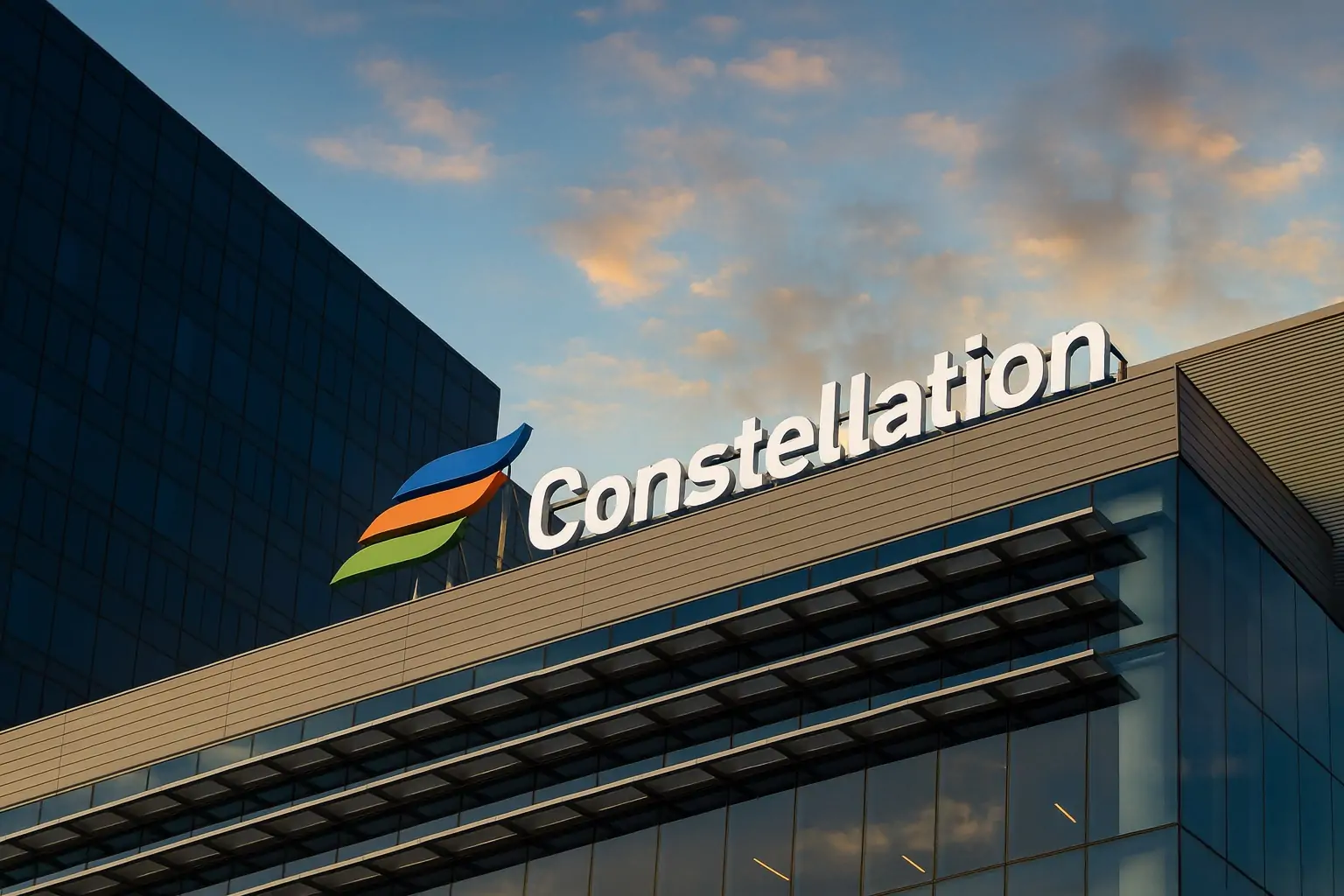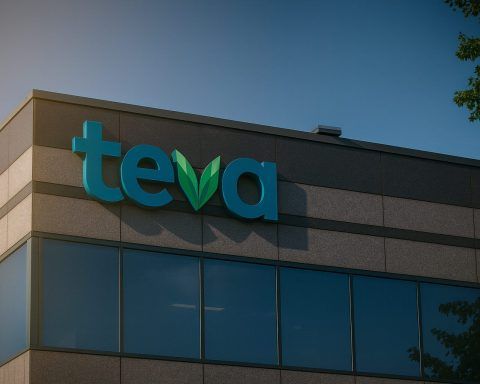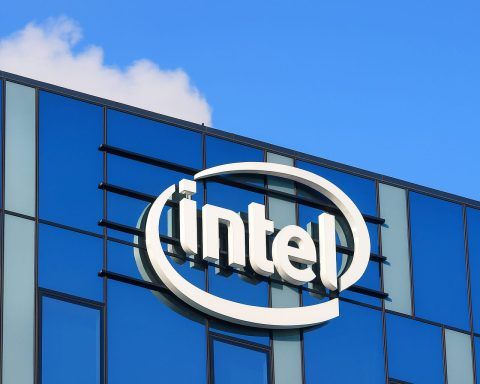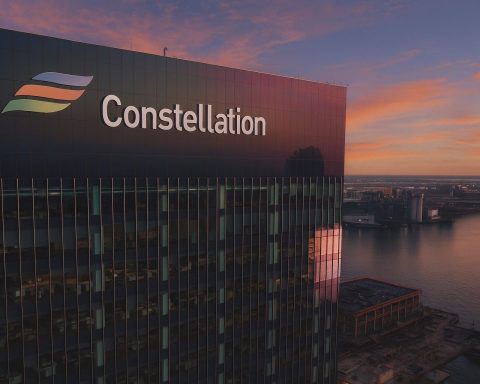- The U.S. Department of Energy (DOE) has approved a $1 billion federal loan/loan guarantee to Constellation Energy to restart the Three Mile Island nuclear plant, now branded the Crane Clean Energy Center. [1]
- The reactor, roughly 835 MW in capacity, is expected to return to service around 2027, under a 20‑year power purchase agreement (PPA) with Microsoft to supply carbon‑free electricity to its data centers. [2]
- CEG stock is up around 3–4% in premarket/early trading on the news and has already gained over 50% year‑to‑date, far outpacing the broader market. [3]
- An independent economic study cited by Constellation estimates the restart will create about 3,400 jobs, add over $16 billion to Pennsylvania’s GDP, and generate more than $3 billion in tax revenue over time. [4]
- The announcement comes shortly after mixed Q3 2025 results, where Constellation posted strong revenue growth but a modest earnings miss, while narrowing its full‑year guidance to $9.05–$9.45 per share in adjusted EPS. [5]
DOE’s $1 Billion Bet on Constellation and the Crane Clean Energy Center
The big story for Constellation Energy Corporation (NASDAQ: CEG) today is Washington’s green light for a $1 billion federal loan / loan guarantee aimed at bringing a shuttered nuclear plant back to life.
According to coverage citing DOE officials, the Loan Programs Office will provide up to $1 billion in financing to support the restart of Three Mile Island Unit 1 in Pennsylvania, which Constellation has rebranded as the Christopher M. Crane Clean Energy Center (Crane CEC). [6]
Key details from today’s reporting:
- Loan size: $1 billion, expected to cover the majority of the project’s roughly $1.6 billion restart cost. [7]
- Program: The funding comes through DOE’s long‑running energy loan authority, which was expanded by Congress and now has hundreds of billions of dollars in capacity for clean‑energy infrastructure. [8]
- Timing: DOE officials and Constellation expect the first disbursements in Q1 2026, with construction and refurbishment work already underway. [9]
- Risk sharing: The loan is structured with a guarantee from Constellation designed to protect taxpayers in the event of underperformance. [10]
DOE advisers quoted in multiple outlets say Constellation could have completed the project without federal help, but the cheap capital is expected to lower financing costs and ultimately reduce power prices for customers in the PJM Interconnection grid that covers much of the Mid‑Atlantic and Midwest. [11]
The loan also aligns with the Trump administration’s push to accelerate nuclear build‑out and restarts. Energy policy coverage notes that the White House has promoted nuclear as a way to supply round‑the‑clock, carbon‑free power for AI data centers and electrified industry, backed by newly expanded federal lending authority. [12]
Three Mile Island: From Nuclear Accident Symbol to AI Powerhouse
Today’s news is especially striking because of Three Mile Island’s historical baggage.
As ABC and other outlets recap, the site was home to America’s worst commercial nuclear power accident in 1979, when Unit 2 suffered a partial meltdown and was permanently shut. Unit 1 continued to operate for decades but was retired in 2019 after it struggled to compete with cheap natural gas and lacked state subsidies. [13]
Constellation’s restart plan repositions the plant as a flagship of the “nuclear renaissance”:
- New name, same site: Unit 1 is being brought back as the Crane Clean Energy Center, reflecting Constellation’s CEO Christopher Crane and the plant’s new role as a clean‑energy hub. [14]
- Capacity: The reactor is rated at roughly 835–837 MW, enough to power around 800,000 homes according to DOE estimates. [15]
- Timeline: Constellation previously guided for a 2027–2028 restart; recent reporting suggests the project is running ahead of schedule, with 2027 now a realistic target if regulatory and refurbishment milestones are met. [16]
Significant work is required: refurbishment of the turbine, generator, transformers, and cooling and control systems, plus extensive inspections and relicensing with the Nuclear Regulatory Commission. But Constellation has been signaling for months that hiring, site readiness and equipment procurement are well advanced. [17]
Microsoft’s 20‑Year PPA Puts AI Front and Center
A major reason the federal government is comfortable backing this restart: the revenue is largely pre‑sold.
Multiple outlets highlight that Constellation signed a 20‑year power purchase agreement (PPA) with Microsoft last year, under which the tech giant agreed to buy essentially all of Crane’s output to power its data centers in the PJM region. [18]
What we know about the deal and its context:
- The PPA is designed to match Microsoft’s data‑center consumption with carbon‑free energy, a key piece of its climate and AI‑infrastructure strategy. [19]
- Constellation is pursuing similar “hyperscaler” deals: in June, it signed another 20‑year contract to supply Meta with roughly 1.1 GW of nuclear power from its Clinton Clean Energy Center in Illinois. [20]
- Other tech players are doing comparable nuclear PPAs (for example, Amazon’s AWS with Talen Energy), underscoring how nuclear is becoming a preferred baseload source for AI‑heavy workloads. [21]
In other words, Three Mile Island’s reboot isn’t just about resurrecting an old plant—it’s about re‑wiring the AI economy’s power supply.
CEG Stock Reaction: One of Today’s Standout Movers
Unsurprisingly, markets like what they see.
- The Associated Press notes that Constellation shares jumped about 3.4% in early trading today as investors reacted to the DOE loan headlines. [22]
- Pre‑market coverage from The Tokenist put the stock at $351.29, roughly 3.5% above the previous close of $339.35, after the federal loan details hit the wires. [23]
- Investing.com reported a 2.5% after‑hours gain yesterday as the DOE decision was first digested by traders. [24]
Even before today’s surge, CEG had been a market darling:
- Year‑to‑date returns of roughly 50%+, compared with low‑double‑digit gains for the S&P 500. [25]
- A one‑year gain near 50% as well, with analysts highlighting Constellation as a leader in the nuclear‑driven “AI power” theme. [26]
- Market cap north of $100 billion and a trailing P/E ratio near 39, implying investors are willing to pay a premium for growth and policy tailwinds. [27]
Today’s move places CEG among the notable S&P 500 movers, right alongside the likes of Nvidia, Target and Lowe’s in broader market coverage. [28]
The Earnings Backdrop: Strong Operations, Higher Costs
The DOE loan news lands less than two weeks after Constellation reported Q3 2025 earnings—a quarter that most analysts described as operationally strong but financially mixed.
From the company’s own release and analyst commentary: [29]
- GAAP EPS: $2.97, down from $3.82 a year earlier, largely due to fair‑value adjustments and decommissioning‑related items.
- Adjusted EPS: $3.04, up from $2.74 in Q3 2024, but slightly below consensus estimates around $3.11.
- Revenue: $6.57 billion, ahead of expectations of roughly $6.2 billion.
- Guidance: 2025 adjusted operating EPS range narrowed to $9.05–$9.45 per share (from $8.90–$9.60), with the midpoint a bit under some analyst targets.
Reuters highlighted that higher operating expenses, driven by grid investments, maintenance and the build‑out needed to serve surging AI‑related power demand, weighed on margins and contributed to the earnings miss. [30]
On the flip side, the Q3 report underscored several positives:
- Constellation’s nuclear fleet achieved a 96.8% capacity factor (excluding certain joint‑ownership plants), one of the highest in the industry. [31]
- Nuclear output rose about 2% year‑over‑year, and renewables capture rates remained high across wind, solar and hydro assets. [32]
- The company advanced major regulatory milestones at its Conowingo Dam hydro facility, securing a key water‑quality certification for continued long‑term operations. [33]
Put simply: operations look very strong, but the company is in a capital‑intensive buildout phase, and investors are watching costs, tariffs and regulatory risk closely.
Economic and Policy Impact: Jobs, Prices and Nuclear’s Second Act
Beyond the stock chart, today’s loan decision has regional and national implications.
An economic impact study cited in recent reports estimates that the Crane restart will: [34]
- Create approximately 3,400 direct and indirect jobs over the life of the project.
- Add more than $16 billion to Pennsylvania’s gross domestic product.
- Generate over $3 billion in combined state and federal tax revenues.
DOE officials also argue the project will help ease upward pressure on electricity prices in PJM, where demand from data centers and electrifying industry is pushing the grid toward capacity constraints. [35]
Policy‑wise, the Three Mile Island restart is being framed as:
- A proof‑of‑concept for federal backing of nuclear restarts, not just new builds. [36]
- A signal that large conventional reactors, not only small modular reactors (SMRs), will play a significant role in meeting AI‑era demand. [37]
- A cornerstone example for the administration’s goal of significantly expanding nuclear capacity by 2030 via executive orders and expanded DOE lending. [38]
Given the site’s history, there will inevitably be public‑safety and environmental scrutiny as restart work progresses. Reporting notes that Constellation and regulators are emphasizing updated safety systems, rigorous NRC oversight, and modernized equipment as part of the recommissioning plan. [39]
What Today’s News Means for CEG Investors
Without giving individual investment advice, here’s how today’s developments fit into the bigger picture for Constellation Energy stock:
Potential Positives
- De‑risked mega‑project
The DOE loan/loan guarantee reduces financing risk on a multi‑billion‑dollar asset with long‑term contracted revenue from Microsoft—exactly the kind of visibility investors like in utilities and infrastructure names. [40] - Strengthened “AI power” narrative
Constellation is increasingly seen as the nuclear supplier to Big Tech, with marquee PPAs for both Microsoft and Meta. That differentiates CEG from traditional utilities and links its growth to AI and cloud demand rather than just regional load growth. [41] - Policy tailwinds
The combination of federal loans, supportive state regulators, and carbon‑reduction mandates gives Constellation rare alignment between regulation, climate objectives and customer demand. [42]
Key Risks and Questions
- Execution risk on the restart
Restarting and uprating an older reactor is technically complex. Delays, cost overruns or new safety findings could erode the project’s economics or push timelines past 2027. [43] - Valuation stretch
With the stock trading at a premium multiple and having already delivered huge multi‑year gains, any stumble—on earnings, regulation or project timelines—could prompt a sharp pullback. Several analyst notes flag CEG as strong fundamentally but not cheap. [44] - Political and regulatory uncertainty
The project is tightly linked to current federal energy and AI‑industrial policy. Future changes in administration priorities, tariff regimes, or utility‑rate structures could influence returns. [45]
Bottom Line
As of November 19, 2025, Constellation Energy sits at the intersection of three powerful forces:
- A nuclear power revival, supported by federal financing and state‑level reliability concerns.
- Explosive AI and data‑center demand, with Big Tech seeking firm, carbon‑free electricity.
- A strong but capital‑intensive growth strategy, where execution and cost control will matter as much as policy tailwinds.
Today’s $1 billion DOE loan approval for the Crane Clean Energy Center cements CEG’s status as a central player in the next phase of the U.S. power system—and explains why the stock is once again one of the market’s standout movers.
Again, this article is for informational purposes only and does not constitute investment advice. Investors should do their own research or consult a licensed financial professional before making any decisions.
References
1. www.abc.net.au, 2. www.abc.net.au, 3. tokenist.com, 4. www.investing.com, 5. www.constellationenergy.com, 6. www.abc.net.au, 7. www.abc.net.au, 8. www.abc.net.au, 9. www.datacenterdynamics.com, 10. www.datacenterdynamics.com, 11. www.datacenterdynamics.com, 12. www.abc.net.au, 13. www.abc.net.au, 14. www.abc.net.au, 15. www.abc.net.au, 16. investors.constellationenergy.com, 17. www.datacenterdynamics.com, 18. www.abc.net.au, 19. www.abc.net.au, 20. www.datacenterdynamics.com, 21. www.datacenterdynamics.com, 22. mynews13.com, 23. tokenist.com, 24. www.investing.com, 25. tokenist.com, 26. tokenist.com, 27. tokenist.com, 28. mynews13.com, 29. www.constellationenergy.com, 30. www.reuters.com, 31. www.constellationenergy.com, 32. www.constellationenergy.com, 33. www.constellationenergy.com, 34. www.investing.com, 35. www.datacenterdynamics.com, 36. www.energyconnects.com, 37. www.datacenterdynamics.com, 38. www.energyconnects.com, 39. www.abc.net.au, 40. www.datacenterdynamics.com, 41. www.datacenterdynamics.com, 42. www.abc.net.au, 43. www.abc.net.au, 44. tokenist.com, 45. www.reuters.com










